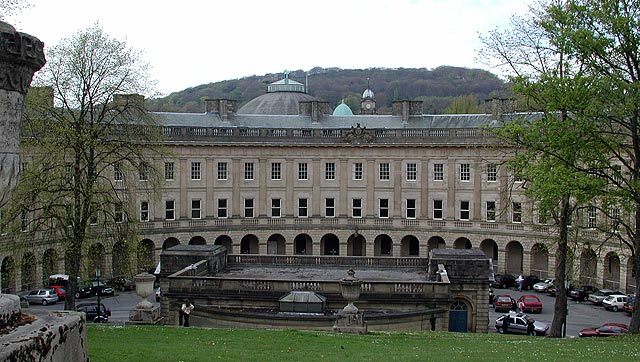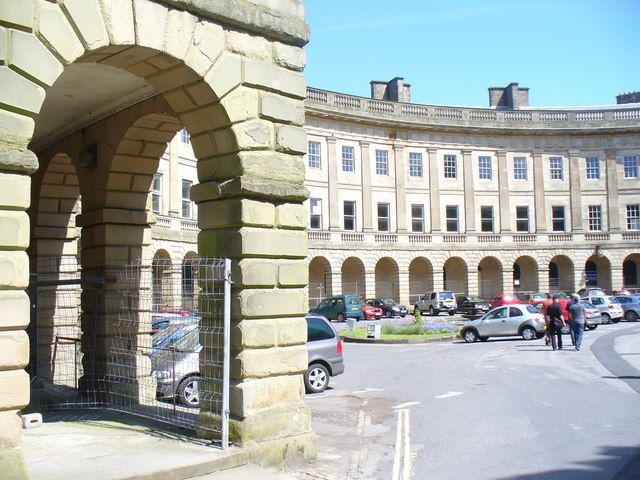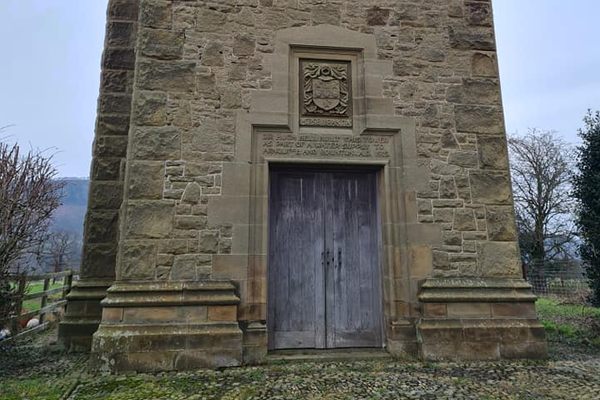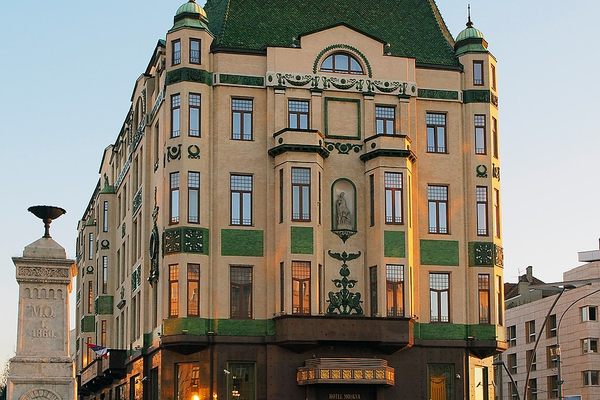About
Located in Buxton in the north of England is a hidden gem: the Crescent, one of the finest Georgian crescents in the UK.
The Romans developed a settlement known as Aquae Arnemetiae (the spa of the goddess of the grove) at the current site of Buxton and coins discovered in the numerous archaeological digs in the town indicate that the Romans were in Buxton throughout their occupation. The Dukes of Devonshire from nearby Chatsworth House have been closely involved with Buxton since 1780, when the 5th duke used the profits from his copper mine to develop the town as a spa in the style of the more famous town of Bath.
Crescents built in the Georgian or Victorian periods are relatively common in the British Isles, of which the most famous Georgian example is probably the Royal Crescent in Bath. However the example in Buxton has been described by the Royal institution of British Architects as being more richly decorated and more complex than the more famous construction.
The Crescent faces the site of St Ann's Well, a warm spring which it is said has flowed with water at about 81.5 °C (178°F) for millennia. It is this warm spring (and several others) that were the basis of Buxton’s success as a spa town in the Victorian period.
To the southwest are the Natural Mineral Bath, followed by the Old Hall Hotel. To the northeast are the Buxton Thermal Baths which have now been converted to shops and The Colonnade, a row of shops with a projecting canopy. Across the forecourt of the Crescent are the Pump Roomand the adjacent public drinking spout St Ann's Well, built on the site of earlier wells dating back to the Roman period. The impressive architecture is set off magnificently by the surrounding countryside in Britain's first National Park.
Related Tags
Published
October 26, 2016







































